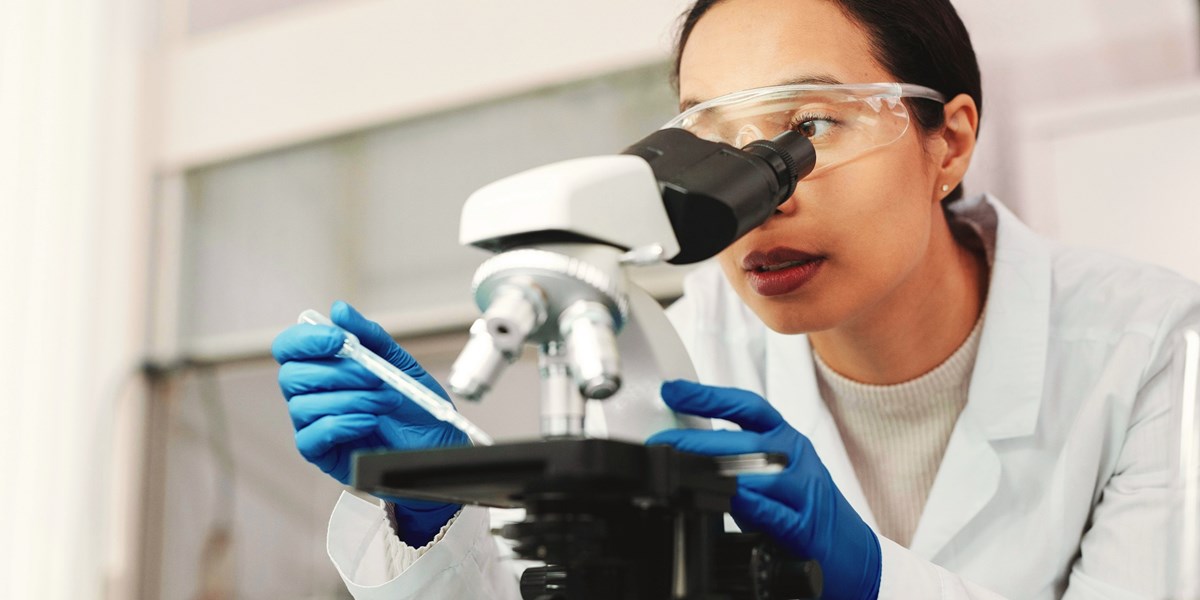An EPO Board of Appeal has referred questions to the Enlarged Board of Appeal to seek clarification on enablement of a commercially available product and the impact of lack of enablement on whether such prior use can be prior art.
This arose from an appeal case (T438/19). The subject matter relates to a solar cell comprising a polymer product having a particular internal composition. There are questions as to how a commercially available product should be considered in regard to the product per se and its internal composition.
BACKGROUND
Before the EPO, prior art includes any public use or sale of a product that occurred before a patent application’s filing date (or priority date). A product is generally only regarded as having been made available to the public if the information given therein at the relevant date is sufficient to enable the skilled person to practise the technical teaching which is the subject of the prior art disclosure. In a leading case from 30 years ago, G1/92, the EPO’s Enlarged Board confirmed that the chemical composition of a product is part of the state of the art when the product as such is available to the public and can be analysed and reproduced by the skilled person, irrespective of whether or not particular reasons can be identified for analysing the composition.
G1/92 provides a degree of clarity for cases of prior commercial sale of chemical compositions. However, there is less clarity in the consideration of prior commercial sale of physical products: there has been a divergence as to whether such prior commercial sale (in cases where enablement is an issue) constitutes prior art.
Thus, the enabling prior art principles have not been consistently applied by the Boards of Appeal over the years, specifically in regard to whether prior use of (i) the product and (ii) any internal composition were considered as prior art.
This has an impact for public prior commercial sale, especially for products / compositions, where there is a question whether the skilled person has been able to analyse and fully reproduce the composition or internal structure of the product.
THE FACTS AND ARGUMENTS
The questions are referred under G 1/23 are as follows:
- Is a product put on the market before the date of filing of a European patent application to be excluded from the state of the art within the meaning of Article 54(2) EPC for the sole reason that its composition or internal structure could not be analysed and reproduced without undue burden by the skilled person before that date?
- If the answer to question 1 is no, is technical information about said product which was made available to the public before the filing date (e.g. by publication of technical brochure, non-patent or patent literature) state of the art within the meaning of Article 54(2) EPC, irrespective of whether the composition or internal structure of the product could be analysed and reproduced without undue burden by the skilled person before that date?
- If the answer to question 1 is yes or the answer to question 2 is no, which criteria are to be applied in order to determine whether or not the composition or internal structure of the product could be analysed and reproduced without undue burden within the meaning of opinion G 1/92? In particular, is it required that the composition and internal structure of the product be fully analysable and identically reproducible?
IMPLICATIONS
At this stage it is difficult to predict the outcome of this referral.
This will impact innovators across many technical sectors, particularly those for complex products containing internal compositions, such as the solar cell technology forming the basis of this referral.
It could affect innovators who rely on trade secrets to protect aspects of their commercial products. A decision from the Enlarged Board of Appeal in favour of patentees could encourage more filings in this area.






